

PC abbreviated for polycarbonate is one of the most popular injection molding materials. It is an amorphous thermoplastic and as the name suggests, it has various carbonate groups in its structure. Polycarbonate plastics can be molded easily and exhibit various unique properties that give them many applications in the plastic industry. In this article, we discuss in-depth Polycarbonates and its role in injection molding to help you understand whether it’s best suited for your project.
Polycarbonate is a type of injection molding material that can be best described as a high-performance, tough, transparent, and amorphous thermoplastic polymer.
Polycarbonate is a type of polyester that is acquired by condensing carbonic acid and bisphenol A. It includes functional organic groups that are linked together by carbonate groups (–O–(C=O)–O–).
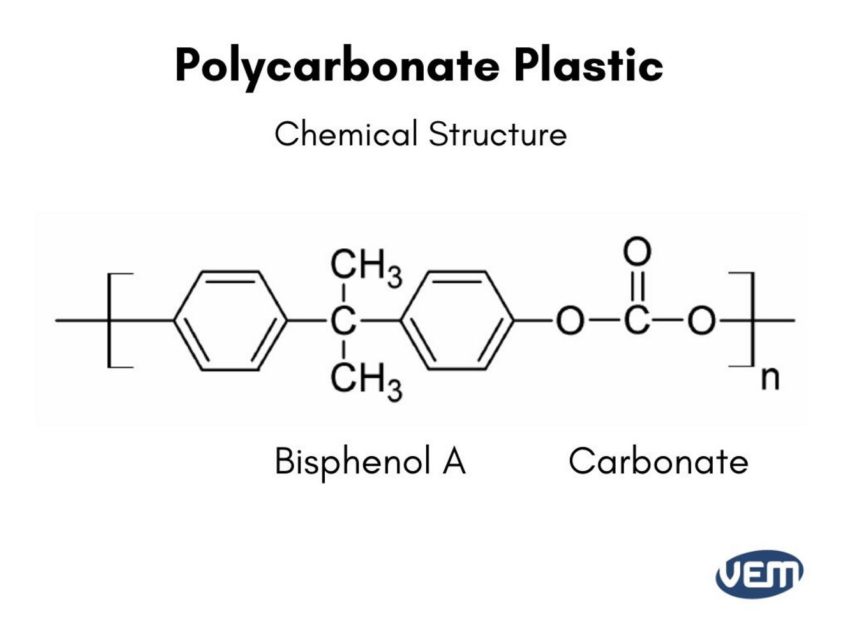
Polycarbonates offer a unique combination of properties. They exhibit great thermal resistance and are tough and strong thermoplastic polymers. Polycarbonates are easy to work with whether it’s injection molding or thermoforming, thus making them a popular injection molding material for a wide range of applications.
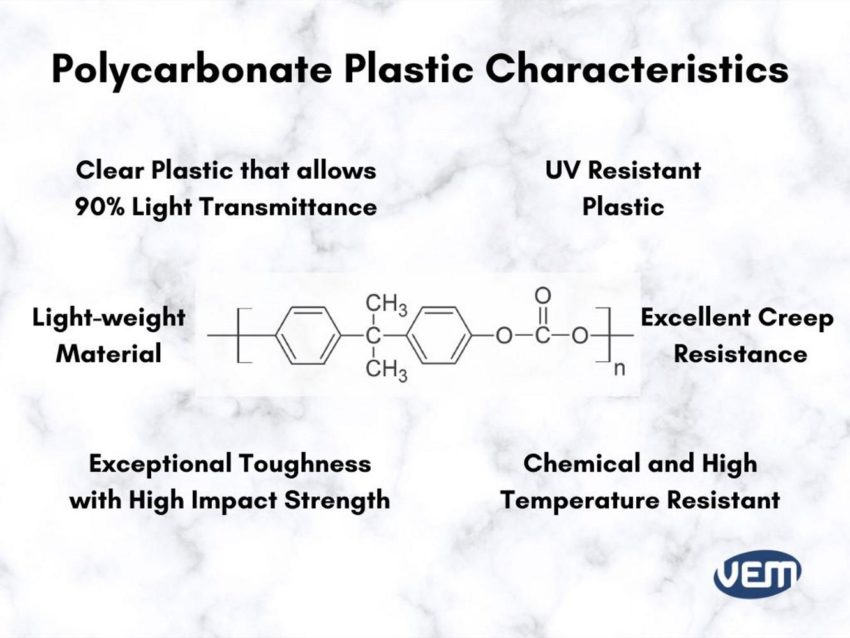
PC is formulated through the reaction of bisphenol A (BPA or Bis-A) and phosgene in the interfacial polymerization process. In this process, the disodium salt of BPA is dissolved in water which is then reacted with phosgene dissolved in a chlorinated organic solvent such as methylene chloride (CH2Cl2).
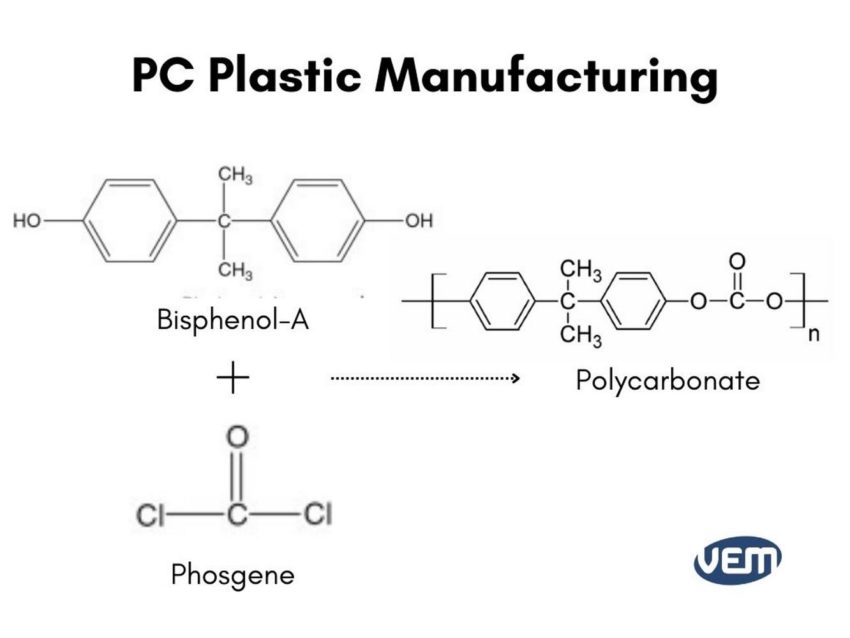
PC plastic is a versatile thermoplastic polymer and can thus be applied to various product designs. The following infographic enlists some of its properties:
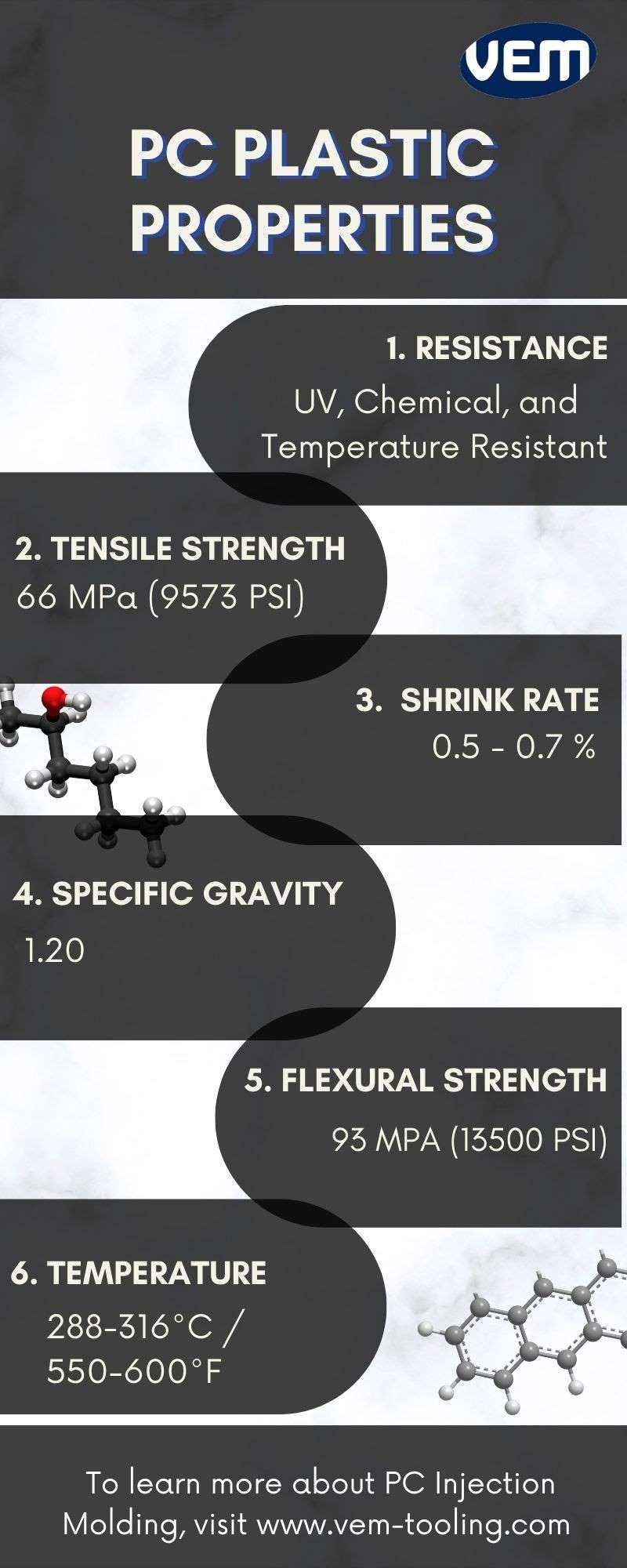
Polycarbonates are generally safe, however, they must be used in a specific way for the food industry. Certain types of polycarbonates are not recommended for the food industry as they can be hazardous in food contact situations. This is attributed to the release of Bisphenol A (BPA) during hydrolysis. Hydrolysis is a disadvantage of polycarbonates and it causes plastic degradation as and when the material comes in contact with water. This has led to the advent of BPA-free polycarbonates that are particularly popular today in the food and beverage industry.
Polycarbonate plastic is a popular injection molding material but we must note that just like other resins, it has both advantages as well as disadvantages.
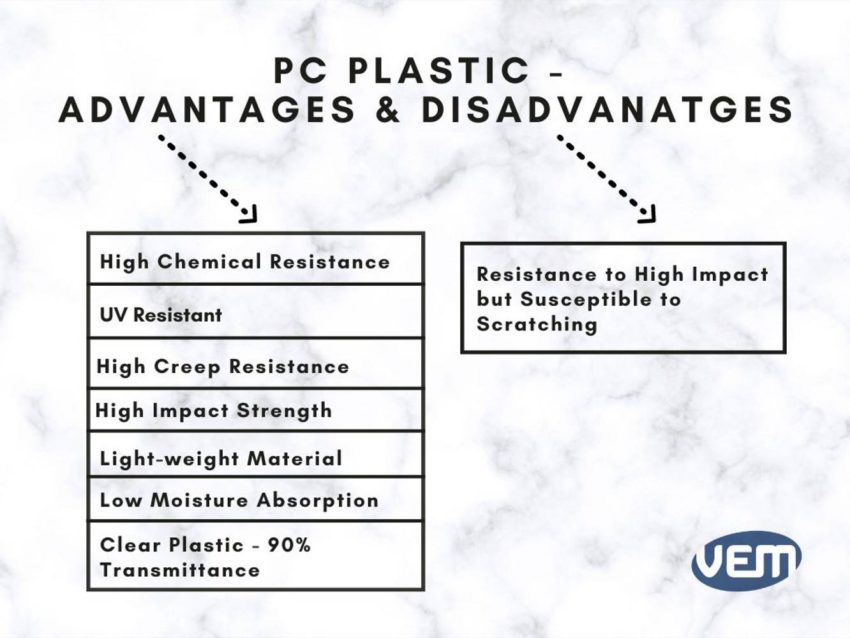
Polycarbonates have a density of 1.2 g/cm3 – 1200 kg/m3. It also demonstrates toughness retention with temperatures of up to 140℃ /284°F. Thus, polycarbonate plastics exhibit high levels of strength and are also impact-resistant. They are also stronger and less brittle than acrylics, with longer resistance to extreme temperatures.
One of the major advantages of polycarbonates is that they are clear plastics such that they allow 90% of the light to pass through. This feature makes them ideal for manufacturing various plastic parts in the automotive industry.
Polycarbonates are extremely lightweight. They are six times lighter than standard glass which make polycarbonates an excellent choice as it increases efficiency.
The next major advantage of polycarbonates is that they are UV-resistant thus, they can be applied to projects that need UV protection. In addition, it ensures 100% safety when dealing with UV light.
Clear polycarbonates have a refractive index of 1.584 thus, the amorphous nature of polycarbonates makes them ideal for optical use.
Polycarbonates show high levels of resistance to dilute acids and alcohol but they can react with dilute alkali. Polycarbonates also exhibit resistance to high temperatures where they show stability with temperatures of up to 135℃ /275°F
In addition to the above advantages, polycarbonates also exhibit excellent creep resistance, low coefficient of thermal expansion, great dielectric properties, and low moisture absorption. These unique properties make polycarbonate a popular injection molding material that can be applied in various projects.
Although Polycarbonates are known for their high impact resistance, they are very susceptible to scratching. For this particular reason, clear surfaces are often coated with a scratch-resistant layer for protection. E.g.Polycarbonate lenses in a pair of glasses.
Polycarbonate thermoplastics are highly versatile and are ideal for manufacturing a wide array of plastic parts.
The surface quality of polycarbonates provides high-end aesthetic value and advanced functionality. Some of the most typical applications of PC molded plastic parts are listed below:
Polycarbonates have a wide range of applications in the electrical and electronic components of the industry. Since polycarbonates are temperature resistant, provide ductility and toughness in thin sections, and exhibit non-flammability features, they are very popularly applied in the electrical and electronics industry.
Polycarbonates are light-weight, impact, and shatter-resistant which makes them perfect for manufacturing housing cell phones, computers, electrical chargers, fax machines, pagers, connectors, and battery boxes. Polycarbonate plastic parts can withstand accidental drops and scratches that occur due to everyday use.
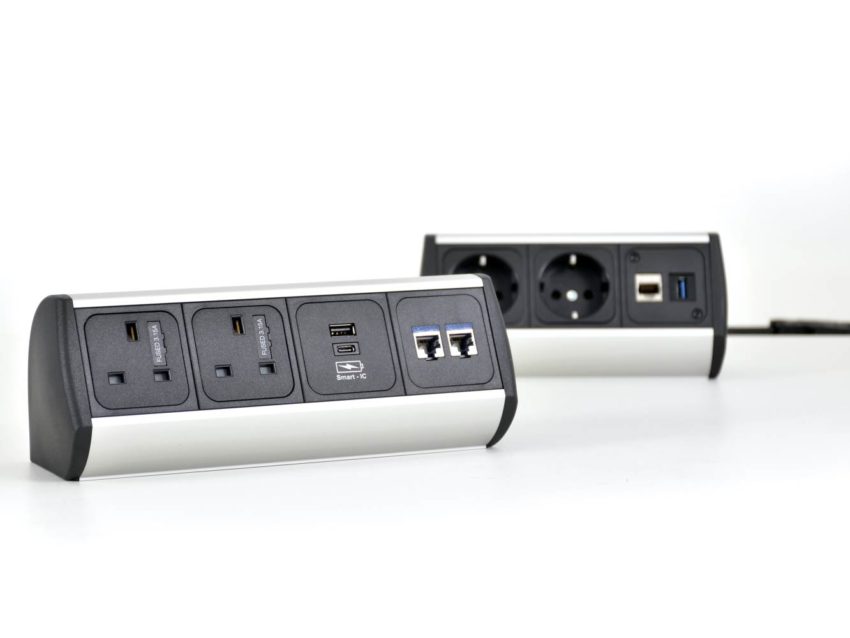
Polycarbonate resins are used to manufacture a wide array of automotive components such as automotive lighting, headlamp lenses, interior cladding, dashboards, and exterior parts i.e. bumpers and body panels.
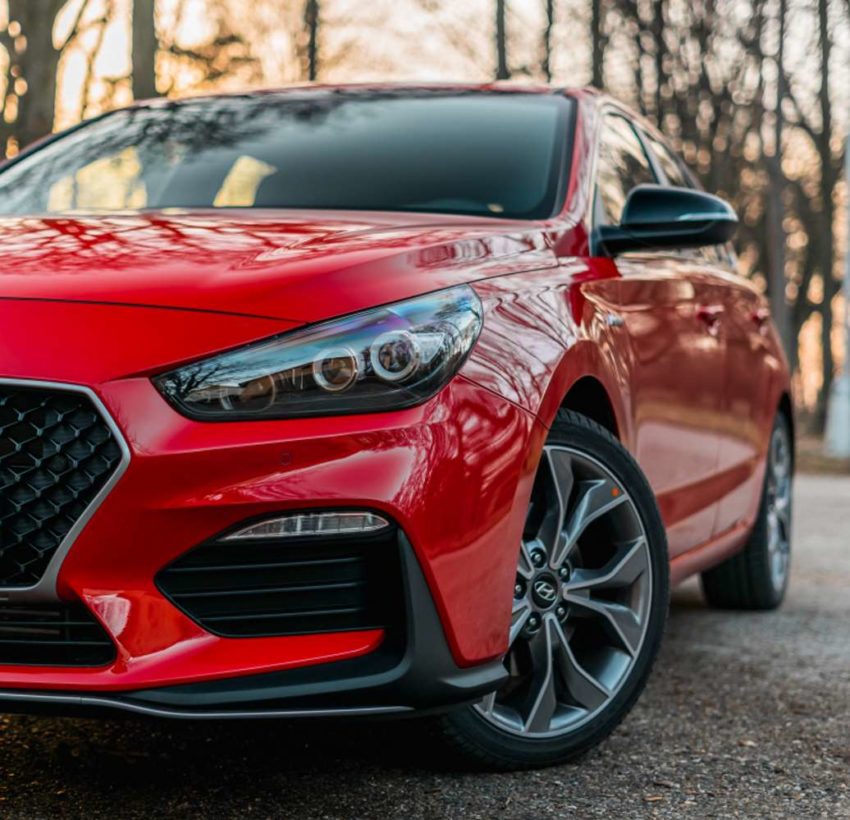
Polycarbonates have various unique properties that make them an ideal choice for manufacturing automotive components. Let’s take a look at these:
Polycarbonates are widely applied in the medical industry due to their biocompatibility feature. Polycarbonate’s distinct physical properties have replaced glass or metal in many products and it offers an unusual combination of strength, rigidity, and toughness that helps avoid potentially life-threatening material failures in the medical area.
Eye safety is a top priority when choosing eyeglasses, and polycarbonate lenses
are lightweight, impact resistant, and UV resistant which is why they are one of the most popular choices for manufacturing eyeglasses.
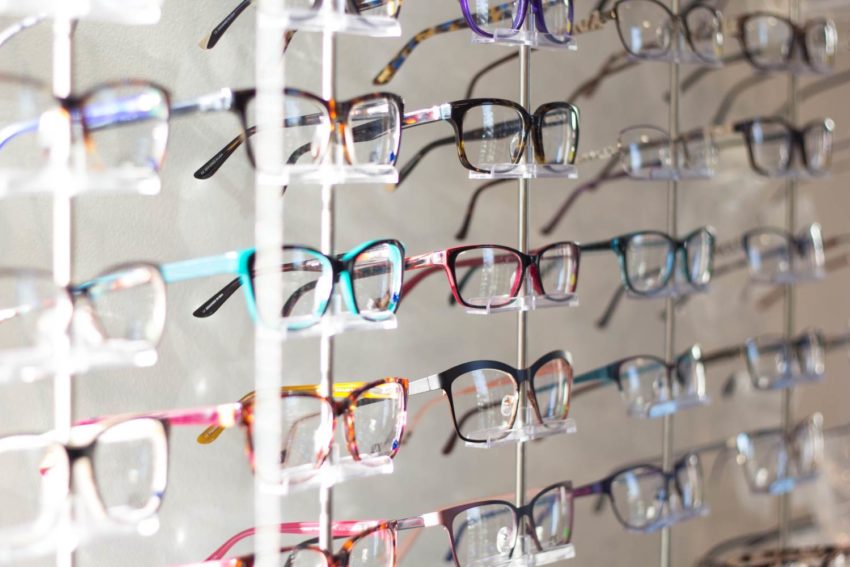
To incorporate PC as per the requirements for various injection molding processes, PC materials are designed with different melt flow indexes. Let’s take a look at some of the parameters that are ideal for PC injection molding:
Clamping Force: The clamping force for PC Injection molding should be set between 3 to 5 tons per square inch of the projected area of the finished product.
Screw: The screw length should be 15 times the diameter. You should note that the optimal length is when the ratio of length to diameter is 20:1. The compression ratio should preferably range from 1.5:1 to 30:1.
Screw rotation speed: It is recommended that the screw rotation speed is set between 40 to 70rpm, but it should be adjusted according to the machine and screw design.
Injection Nozzle: The opening tip should be at least 4.5mm in diameter. Additionally, the tip opening needs to be at least 0.5 to 1mm smaller than the diameter of the gate.
Melt and Mold Temperature: The optimal molding temperature setting is dependent on various factors, such as the size of the injection molding machine, the screw configuration, the design of the mold, as well as the molding cycle.
Injection pressure: Higher the injection pressure, the better it is as it fills the mold as quickly as possible. Usually, it is recommended that the pressure is set at about 850 to 1,400kg/cm2, and the highest, it can reach is 2,400kg/cm2.
Back pressure: Lower the back pressure, the better it is. It is recommended that the back pressure is 3 to 14kg/cm2 to ensure uniform plastic feeding.
Moisture control: PC plastics are prone to hydrolysis, bond breaking, molecular weight reduction, and physical strength decrease even at low levels of moisture. Therefore, the moisture content of the PC plastic should be always below 0.02%.
PC resins should be hot air dried for 4 to 5 hours a 120°C / 248°F. You can also use a dehumidifier set at -30 degrees Celsius at the entrance to the funnel.
The step-growth polymerization for the formation of PEEK polymers included reacting 4,4’-difluorobenzophenone or 1,4-bis(4-fluorobenzoyl) benzene with hydroquinone. This is done in the presence of alkali carbonates after which the PEEK polymer is isolated. The PEEK polymer is isolated by removing alkali metal fluoride and the polymerization solvent.
VEM Tooling has the expertise for your PC injection molding project. At VEM Tooling, we offer dependable service in injection molding. We also ensure that you have a great experience with a seamless manufacturing process.
To better understand how VEM tooling can serve you for your PC injection molding project, contact us or request a quote today.